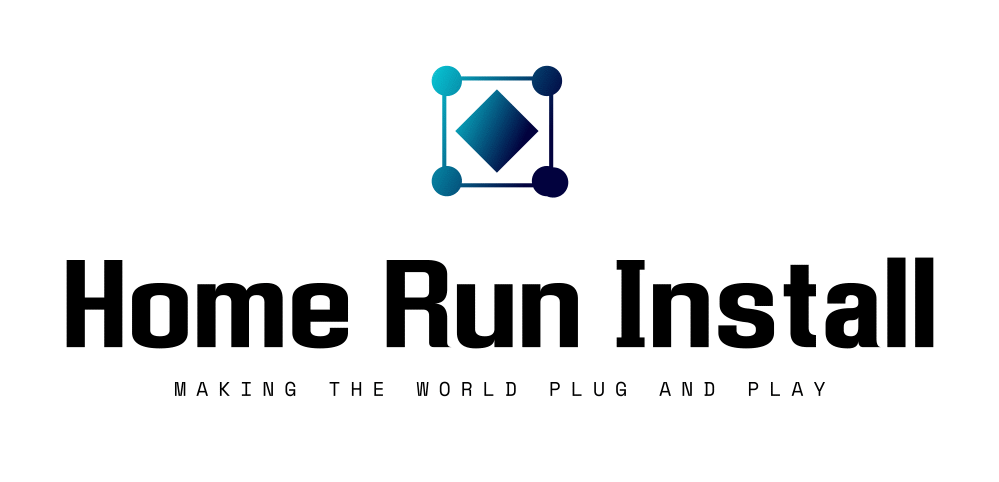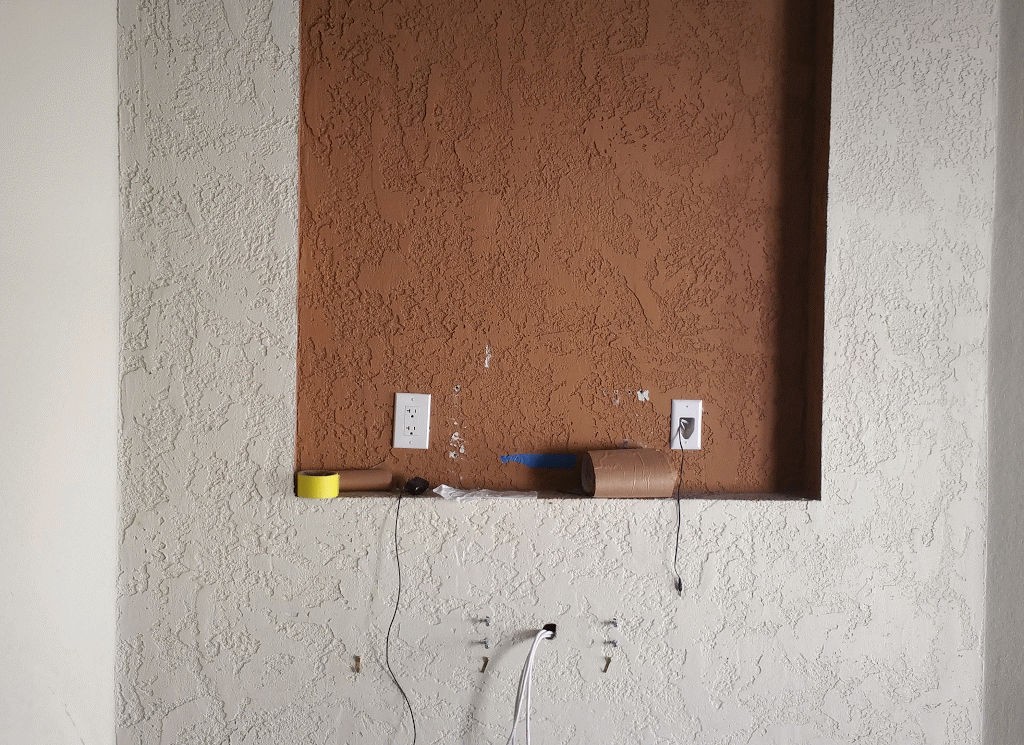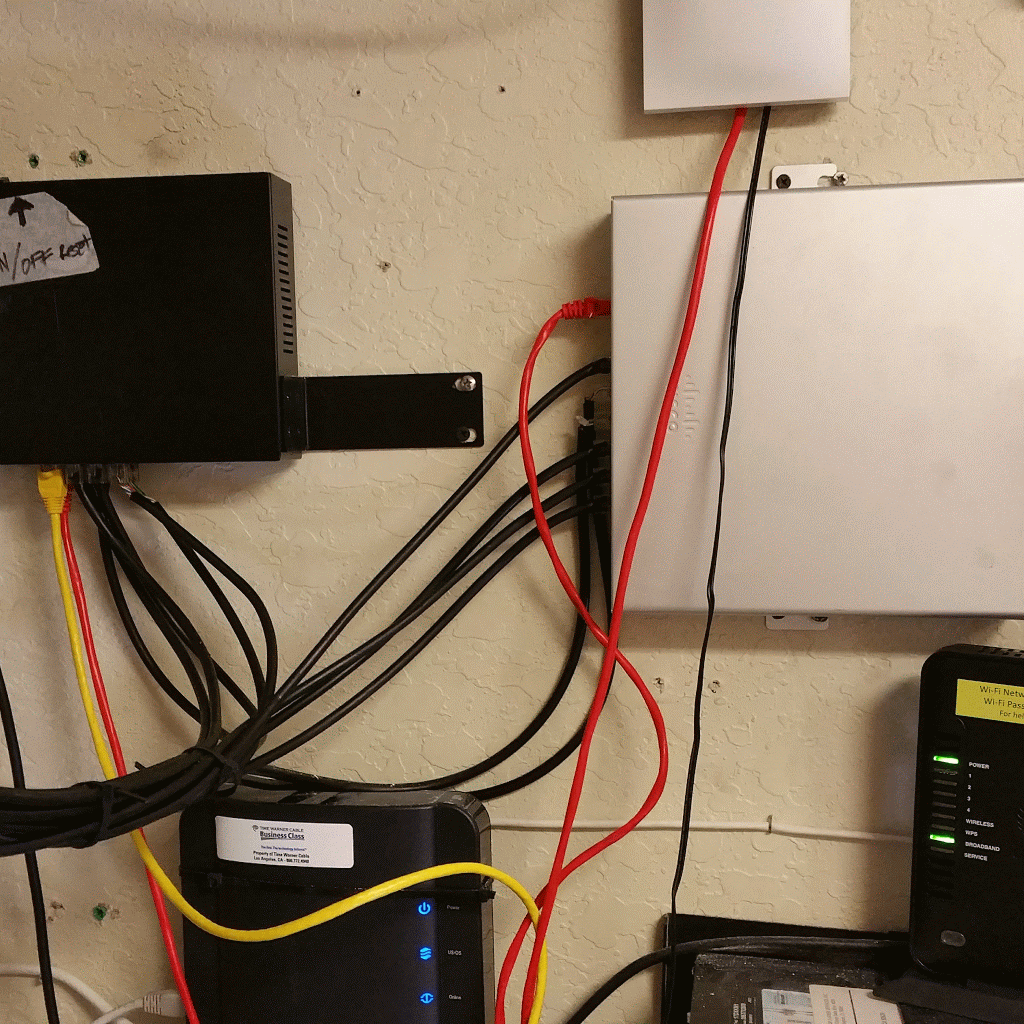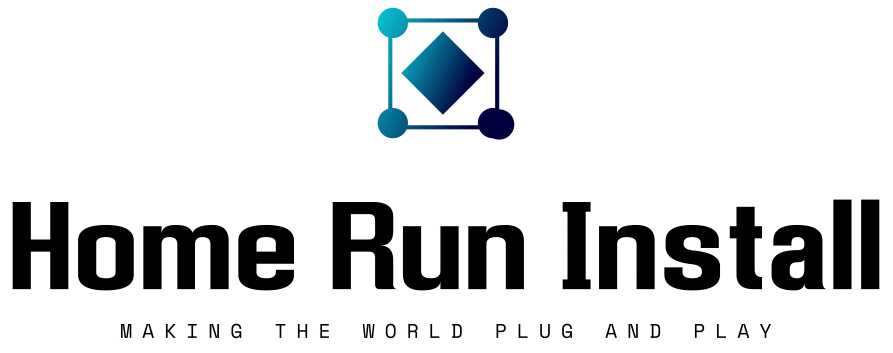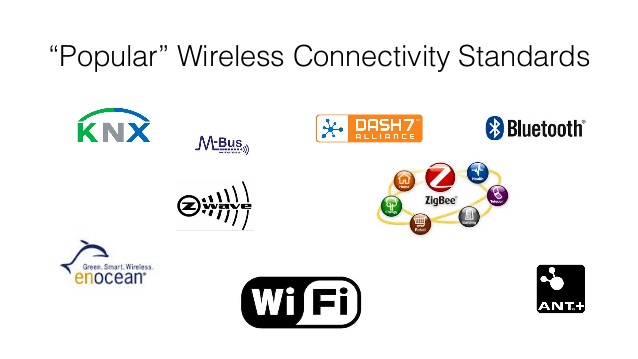Calgary researchers achieve 6.2-kilometre teleportation, raising hopes for ‘quantum internet’
In a “major step” toward practical quantum networking, researchers at the University of Calgary have successfully demonstrated the teleportation of a light particle’s properties between their lab and the city’s downtown area, six kilometres away.
Source: Calgary researchers achieve 6.2-kilometre teleportation, raising hopes for ‘quantum internet’
Wireless technology: The dark side of convenience
Wireless causes DNA breaks and cellular leakageAndrew Goldsworthy, a retired Imperial College (UK) cell biologist with no industry affiliations who has studied this area extensively, attributes most of the health effects EHS sufferers report to a single cause: at certain frequencies, weak wireless signals – far below safety standards – which pull structurally important calcium ions off of our body’s cell membranes, weakening and causing them to leak.Having its meticulously balanced systems destabilized, even slightly, by wireless triggered leakage wreaks biological chaos – subverting the integrity of the body’s intricate defense mechanisms and leaving it vulnerable to all manner of damage. Goldsworthy theorizes how many EHS symptoms can thus be explained: leaking skin cells cause rashes, tingling, numbness, burning sensations; leaking heart cells trigger potentially life-threatening arrhythmias; in the inner ear, leaking cochlear cells trigger tinnitus and leaking vestibular cells cause dizziness and other symptoms of motion sickness, including nausea.The biological effects our safety standards ignore reads like a guest list to Dante’s inferno: DNA damage, genetic changes, breakdown in intra-cell communication, protein damage, immunological function changes, reproductive system damage, decreased sperm counts, cell damage and death, brain-blood barrier leakage, brain nerve cell damage, free radical increases, melatonin decreases, possible linkage to auto-immune diseases like MS, embryonic cell damage, fetal defects, heritable birth defects, and literally hundreds of potential illnesses related to leakage in cell membranes throughout the body.While industry continues to deny, deflect, and off-balance studies finding harm, much independent science clearly points to wireless radiation as being antagonistic to the basic cellular roots of life.This is serious stuff. While there are still many unknowns, it is clear that we’re only beginning to understand the complex health risks of the dangerous frequencies the wireless industry has unleashed on unsuspecting citizens.
Health Risk: 5G Ultra-High Frequency Radiation Is Coming
The 5G revolution is rushing toward us and it will bring a whole new era of harm from ultra-high microwave frequency radiation. And those who raise their voices against the danger to our health and our human rights to safety have been the subject of harassment, intimidation and attempts to silence them. ‘Stay out of the way of technological development.’
Source: Health Risk: 5G Ultra-High Frequency Radiation Is Coming
https://youtu.be/OMxfffqyDtc
Internet of Things (IoT) protocols:
- Wi-Fi HaLow – The Wi-Fi Alliance has come out with HaLow, the indoor Wi-Fi format for IoT which uses 900MHz to improve indoor coverage. It will also have better battery life. 900MHz has less spectrum, but remember that most devices send very short message with data and control information. This is why video is not considered part of IoT but it will be expected to run on normal Wi-Fi. The problem with normal Wi-Fi will be battery life. However, Wi-Fi for normal IoT apps will be the most commonly accepted but security may be an issue. The idea here is that the 900MHz will not be running all the time so it will only wake up your device when it has to, not running on 2.4GHz and 5.8GHz which is probably running all the time.
- Bluetooth – They are trying this but there are connectivity issues, range issues, and reliability issues. So far it’s not really taking off. Battery life is still an issue.
- Bluetooth Smart – low energy Bluetooth to improve the battery life of devices and to improve the IoT connections. Peer to peer, short-range, 2.4GHz,
- Z-Wave – proprietary protocol owned by Sigma Designs, 40Kbps and 9.6Kbps and 100Kbps, up to 4 hops, up to 40meters, 908.42Mhz in US, using 20Khz to 110 kHz of bandwidth,
- Thread – a type of indoor low power mesh network that many devices used that are made by NEST. They basically have their own equipment on this 802.15.4 format.http://threadgroup.org/
- ZigBee – Indoor format, mesh, 802.15.4, open standard if you join the ZigBee alliance, normally 10-30 nodes but in theory could do up to 2,000 nodes. 20Kbps in 868MHz band, 40Kbps in 915MHz band, 250Kbps in 2.4GHz band, less than 400m range, longer range lowers battery life
- DECT ULE – Indoor format, Ultra Low Energy using Digital Enhanced Cordless Telecommunications protocol, less than 50m range, up to 1Mbps, up to 400 devices on the network, 1920 to 1930MHz in USA and Canada
- Sigfox UNB – outdoor, Sigfox Ultra Narrow Band, 3GPP GERAN, average range 30 to 50Km depending on-line of site, 928MHz in USA, 150mWatt unit in the USA, used in older devices
- Semtech’s LoRa – Long Range, outdoor protocol, Open Source, STAR topology, no upper limit on devices, 300bps at long-range typically 1Kbps, 2-5Km range, 80MHz with 125 kHz bandwidth. Low-power sensors can be used in streetlights, gas cylinder level sensor, parking sensors, etc.
- LTE – outdoor format, this could be in any LTE band but the problem with LTE is that it’s made for large packets, so there is development underway for smaller bandwidth applications. Ideal format for wide area because every carrier has LTE but needs to improve battery life if a remote device is not connected to power.
Resources:
http://www.lprs.co.uk/assets/media/Rethink%20IoT%20Wireless%20Market%20overview.pdf
http://www.3gpp.org/news-events/3gpp-news/1607-iot
http://www.wired.com/2016/01/wifi-halow-internet-of-things/
http://www.techrepublic.com/article/802-11ah-wi-fi-protocol-for-iot-solves-two-m2m-problems/
http://electronicdesign.com/iot/understanding-protocols-behind-internet-things
O2 Launches UK’s First Smart Home Service
O2 UK has launched a new subscription based service which lets people control their heating, lighting, locks and more from their mobile. The O2 Home is packaged with contracts starting from £20 per month helping spread the cost over 24 months.
O2 Home, available from this week in the London area and the Operator plans to roll out to the rest of the country in the near future. O2 home is a smart technology for everyone, not just the tech-savvy, said O2.
Available in three customizable packages, customers taking O2 Home can choose from a range of smart technology, each piece working seamlessly with O2’s Smart Hub and phone app. Options include open and close sensors, which send an alert when a door or window is opened, as well as a range of cameras and presence sensors to give additional peace of mind while away from home.
O2 Home customers can also opt for a smart thermostat which uses their phone’s GPS to automatically heat the house as they return home, as well as giving them complete control of their heating from wherever they are.
O2 Home technology is also fitted professionally for free by O2 Home installers, meaning no complicated self-installations, and O2 will conduct an annual health check on all the equipment. Finally, they will also visit customers’ homes for free to fix anything which can’t be resolved remotely by O2’s UK based customer service team
What is ZWave? | Z-Wave Home Automation Products | Z-Wave Home Control
THE BASICSZwave operates at 908.42 MHz in the US (868.42 MHz in Europe) using a mesh networking topology. A Zwave network can contain up to 232 nodes, although reports exist of trouble with networks containing over 30-40 nodes. Zwave operates using a number of profiles (think of them like languages), but the manufacturer claims they interoperate. Use care when selecting products as some products from certain manufacturers are not compatible with other manufacturers’ products.Zwave utilizes GFSK modulation and Manchester channel encoding.A central, network controller, device is required to setup and manage a Zwave network. Each product in the home must be “included” to the Zwave network before it can be controlled via Zwave (and before it can assist in repeating/hoping within the mesh network).Each Z-Wave network is identified by a Network ID and each device is further identified by a Node ID.The Network ID (aka Home ID) is the common identification of all nodes belonging to one logical Z-Wave network. Network ID has a length of 4 bytes and is assigned to each device by the primary controller when the device is added into the network. Nodes with different Network ID’s cannot communicate with each other.The Node ID is the address of the device / node existing within network. The Node ID has a length of 1 byte.Z-Wave uses a source-routed mesh network topology and has one primary controllers. Secondary controllers can exist, but are optional. Devices can communicate to one another by using intermediate nodes to route around and circumvent household obstacles or radio dead spots that might occur though a message called “healing”. Delays will be observed during the healing process. A message from node A to node C can be successfully delivered even if the two nodes are not within range, providing that a third node B can communicate with nodes A and C. If the preferred route is unavailable, the message originator will attempt other routes until a path is found to the “C” node. Therefore, a Z-Wave network can span much farther than the radio range of a single unit; however, with several of these hops a slight delay may be introduced between the control command and the desired result.[5] In order for Z-Wave units to be able to route unsolicited messages, they cannot be in sleep mode. Therefore, battery-operated devices are not designed as repeater units. A Z-Wave network can consist of up to 232 devices with the option of bridging networks if more devices are required.As a source routed static network, Z-Wave assumes that all devices in the network remain in their original detected position. Mobile devices, such as remote controls, are therefore excluded from routing.Z-wave released later versions with added network discovery mechanisms so that ‘explorer frames’ could be used to heal broken routes caused by devices that have been moved or removed. A Pruning algorithm is used in explorer frame broadcasts and are therefore supposed to reach the target device, even without further topology knowledge by the transmitter. Explorer frames are used as a last option by the sending device when all other routing attempts have failed.
Source: What is ZWave? | Z-Wave Home Automation Products | Z-Wave Home Control
Does IOT need Wireless? | Wade4Wireless
Hell yeah! Don’t get me wrong, you could use CAT 5 to connect most of this stuff, but the idea is to have the equipment everywhere and talking all the time, or at least when we need to. They need to be wireless controlled for it to work properly and to be autonomous. What fun would a drone be if you needed to have a copper line connected to it. The FCC laid out their plan to sunset copper lines. I did a lot of work on them but I won’t miss them because wireless is so cool! If you like copper so much, then p
What will the IOT Wireless Protocols look like? | Wade4Wireless
The Internet of Things, IoT, is more than a buzz word, it is the way things are moving. When you hear of 5G they often talk of IoT and how everything will be connected. This is very exciting but the technology is already here. It is being tested and proven as we speak. So what should deployment teams be doing now? They should prepare to deploy!… 
Source: What will the IOT Wireless Protocols look like? | Wade4Wireless
